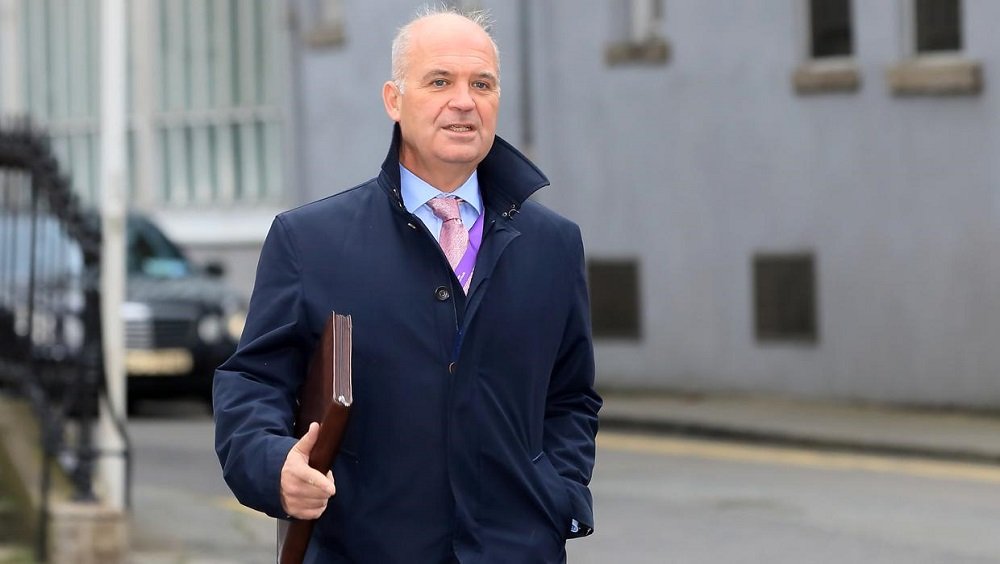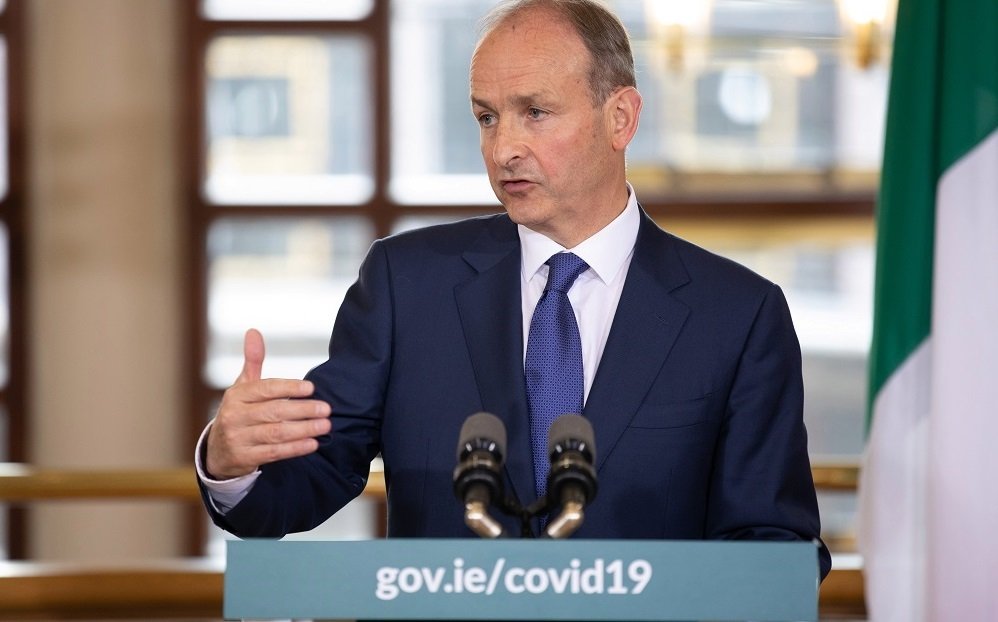It’s decision time: after six weeks of lockdown, how do we reopen society on a phased basis in time for Christmas?
This week marks yet another seminal moment for the government and the National Public Health Emergency Team (Nphet) in Ireland’s ongoing response to Covid-19. Both need to weigh up the competing and often conflicting views of public health experts, medics, politicians, business owners, and the general public.
When all is said and done, the success of the reopening plan will be determined by two core fundamentals: greater collaboration and communication between Nphet and government and a data and evidence-based response to Covid-19.
For months these two fundamentals have been lacking, but they must now be found again and put into practice if we are to have any hope of uniting the public in managing the spread of Covid-19 this winter.
Healing the rift
Division between the government and Nphet has been widely reported. Nphet favours a more restrictive lockdown while government is under pressure from all quarters to ease restrictions in the interests of both the public health and the economy.
Typically, differences of opinion between these kinds of high-level decision-makers are constructive in bringing some balance and moderation to conflicting points of view. While the process of working out these differences can be difficult, it ultimately serves to deliver more informed, less one-sided outputs. But not so in this case; the nature and structure of the relationship between Nphet and government has of late has been uncooperative, even damaging.
We have witnessed this time and again in recent months. Nphet has, for example, expressed to the public via the media its views on lockdown levels and Christmas travel with only anecdotal evidence of transmission sources. Nphet has done this before giving the government the chance to fully consider its views and recommendations; this has repeatedly put the government on the back foot and surrendered the Covid policymaking initiative to Nphet. The result is that the government merely reacts rather than proactively sets the agenda.
However, party leaders Martin, Varadkar, and Ryan cannot dodge responsibility here either. How, as the executive power of the state, has the government allowed itself to be in this situation? The harsh realities of a three-headed coalition—compromise, rivalry, and ideological differences—are likely contributing to weaker leadership and indecision.

This continual disorder distracts from the task at hand: reassuring the public that the elected government has a Covid-19 response strategy, that its response plan is rock solid, and that it will prevail.
This lack of coordination, lack of an evidence and data-based approach, and lack of a comprehensive strategy of communications between government and Nphet simply creates a culture of uncertainty, which in turn undermines public compliance at a time when it is needed most.
Planning to get along
As we reach the end of Ireland’s second lockdown, now is the time for Nphet and the government to reset and rethink.
We cannot afford to have repeat situations where lengthy periods of time lapse between Nphet making a recommendation—based solely on their remit of public health—and the government taking the ultimate decision.
We all remember that infamous Sunday evening in early October when Nphet unilaterally recommended a move to Level 5 through a leaked letter to media. It left the government scrambling to make sense of it all and manage the repercussions. What followed was an onslaught of reporting and analysis of how badly the situation had been communicated. The Tánaiste addressed the issue in very strong terms on RTÉ’s Claire Byrne Live, describing Nphet’s recommendations as “not thought through”. Meanwhile, an infuriated and exasperated public waited helplessly to learn their fate.
Lapses like that create information vacuums that fill with speculation and rumour at the expense of clarity and certainty; this is unfair to a public who are largely dutiful and compliant.
This week, a joined-up, data-led plan, drawn up collaboratively between both parties, should be presented and communicated to the public. This is the only way to bring clarity, certainty, and some confidence to a greatly fatigued public that a sustainable exit from continued lockdown is a possibility.
In practice, this plan must be built on three key principles:
1. Ongoing collaboration
Continuous engagement will make or break any and all plans that the government and Nphet create. Both must work together daily in reviewing the case rate, expressing views, making recommendations, and deciding on the strategy and way forward.
A clear strategy, which takes into account the views of the public, our business leaders, and our economy, must be developed. It must be insight-driven, evidence-based, and farsighted. This strategy, and the insights guiding it, must then be presented and explained to the public for full buy-in. It must also be continuously reviewed, monitored, and measured against objectives to assess its value in meeting objectives.

2. Data and insight
Political and health leaders’ anecdotes and gut feelings do not inspire public confidence, and they certainly should not dictate government plans. How full an office carpark is at a given time or how many takeaway pints are sold over a weekend are not in themselves justification for lockdown.
It is therefore to Nphet’s benefit to present the facts and facts alone. Real-time data and insight will better inform collaboration and discussion, make it easier for the government to take tough decisions and put them into action, and help the public understand the logic behind those decisions. Better understanding equals buy-in, which in turns equals compliance.
3. Intelligent communication
How a message is communicated is just as important as the message itself. Tone is key. It must resonate with a diverse set of emotions and attitudes to the government’s pandemic response.
Giving the public some semblance of confidence for 2021—a sprinkle of positivity that we can and will prevail as we go into the festive season—will help to turn the tide of a tiring public and bring them back on board for what is hopefully the beginning of the end for Covid-19.
There is no doubt that the period ahead will be tough. As a nation, we are social, and we value community and family more than most; this will test the lockdown exit strategy at a time when seasonal illnesses spread and hospital admissions increase.
The government and Nphet must reset and rethink their relationship and look to Christmas and 2021 with fresh eyes. That will be better for all of us: closer collaboration, transparent communication, and data-guided action will create understanding, increase guidelines compliance, protect hard-hit businesses, and help to reduce the spread of the virus.

About the author
Sarah advises 360’s corporate clients and C-level executives on their business and financial communications, including high-profile transactions, mergers, issues and crises, national policy, and reputation management. With over a decade of experience in communications, she has deep expertise in the aviation, technology, and telecoms sector, advising leading organisations such as Qatar Airways, Dell EMC, the Drinks Industry Group of Ireland, Stobart Group, and ComReg.
